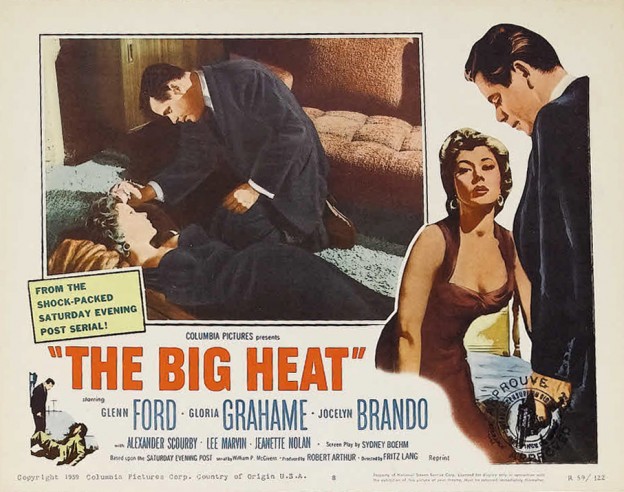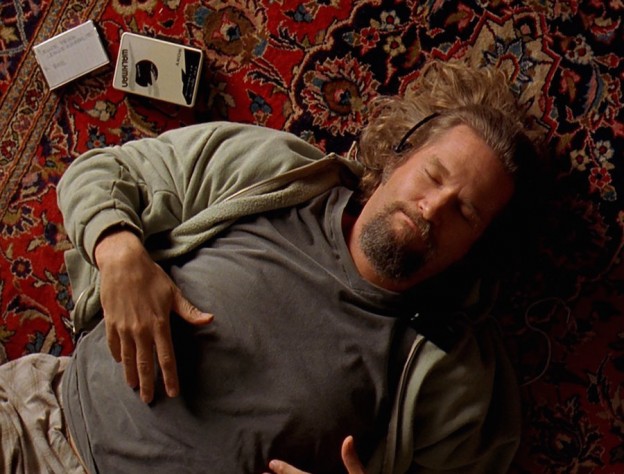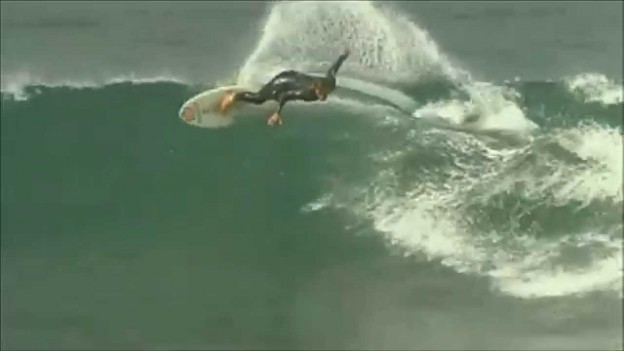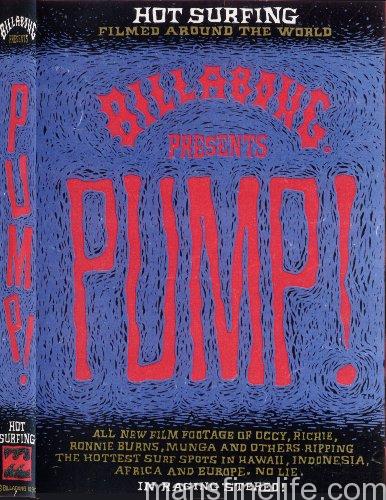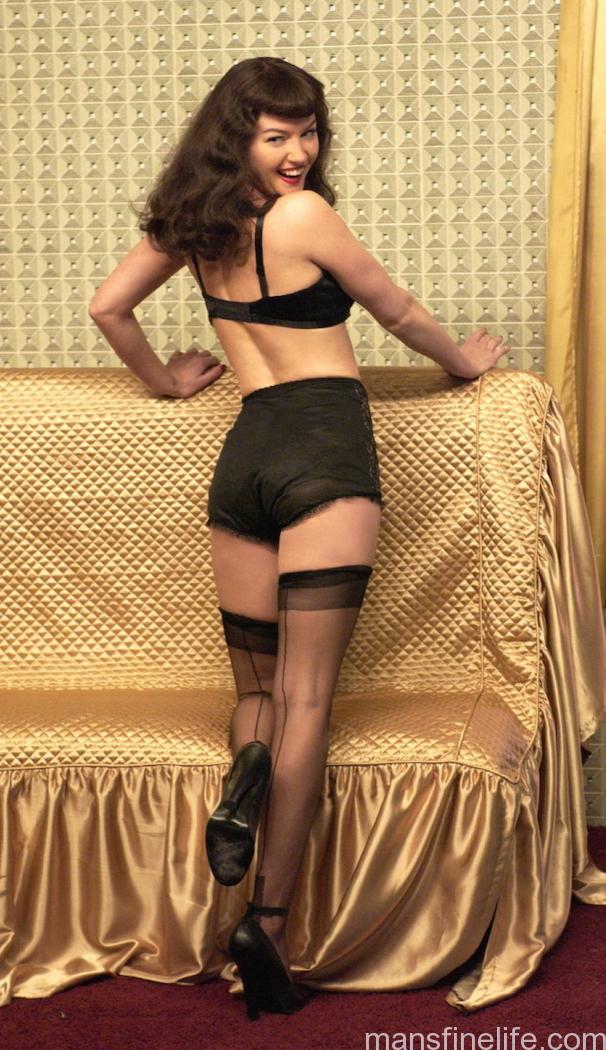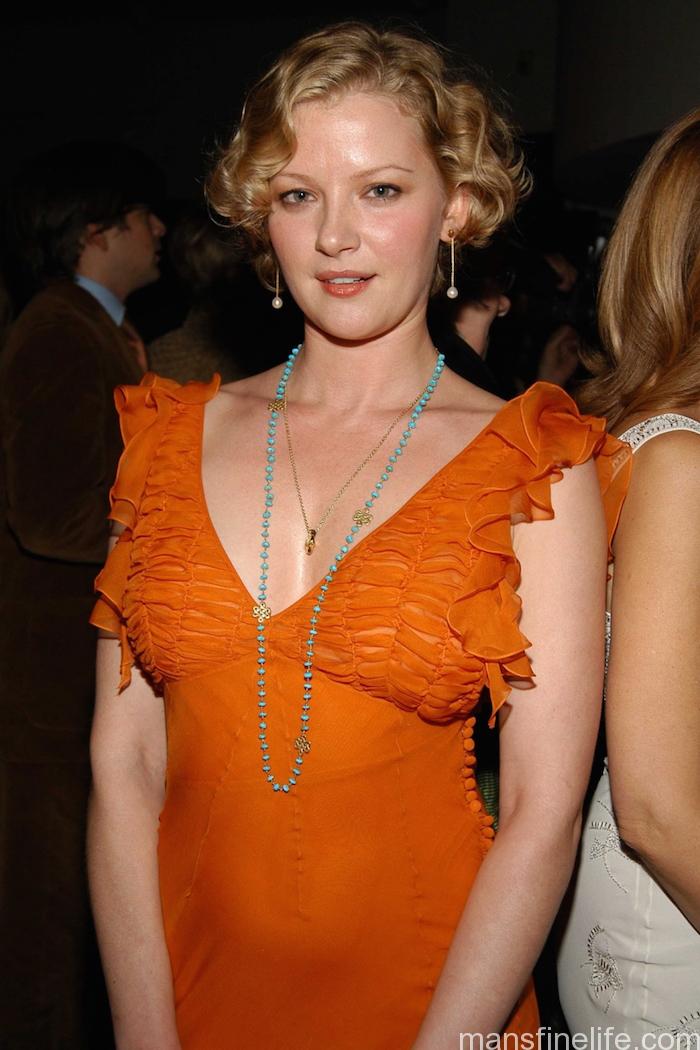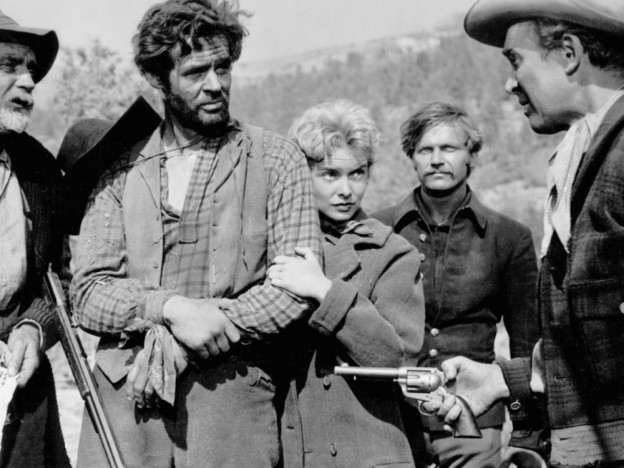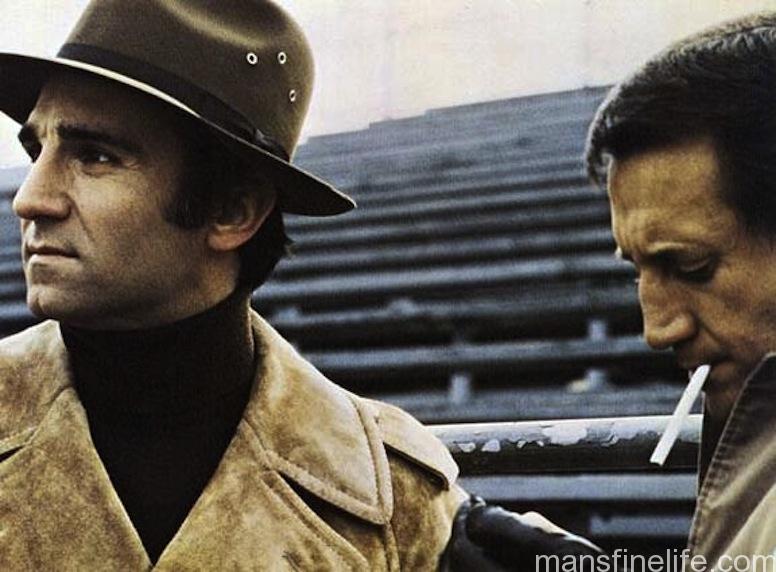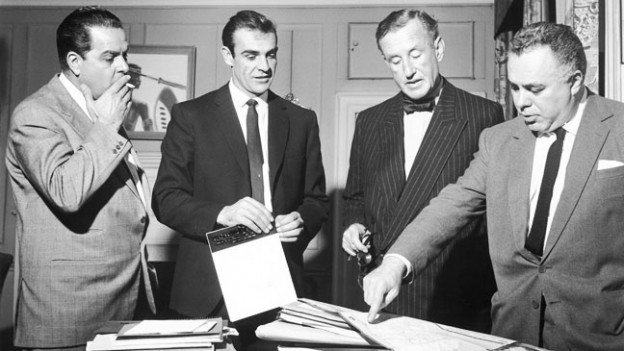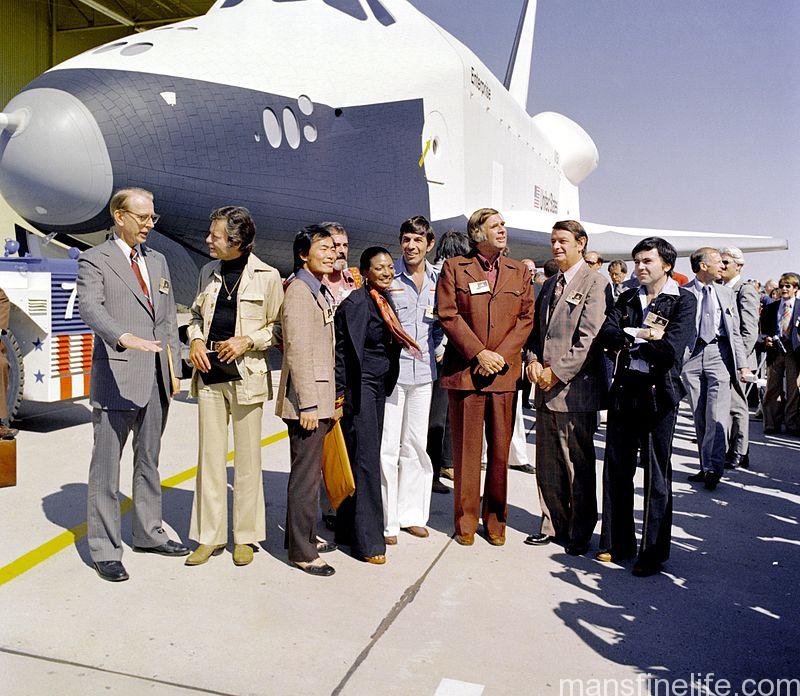If you’re looking for the precursor to Dirty Harry and a thousand other righteous vigilante cops in the cinema look no further than Fritz Lang‘s 1953 film noir masterpiece, The Big Heat. Starring the underrated Glenn Ford as crusading homicide detective Dave Bannion, The Big Heat unspools like an Eisenhower-era nightmare, peeling away the veneer of wholesomeness from a mid-sized metropolis to reveal the festering corruption beneath. With bracingly modern use of brutal violence, Heat is one of Lang’s top crime masterpieces in a career filled with them, and the film still retains its power to shock and disturb today. Like so much of the Austrian genius’ output, which includes genre-defining classics like Metropolis, M, Fury and Scarlet Street, the phrase “ahead of its time” sticks to the The Big Heat. No matter how many times you’ve viewed it, you’ll come away astonished at the remarkable moral distance the film has traveled from start to finish.
https://www.youtube.com/watch?v=uqWKnGXK4DM
While investigating a colleague’s alleged suicide and after talking to the seemingly bereaved widow, Ford’s Detective Bannion is contacted by the dead man’s mistress who reveals that not only was he keeping her on the side but that he was living far beyond the means of a policeman’s salary. After returning to push for answers from the now chilly dead cop’s wife, Bannion is then told to back off by his lieutenant. But when the mistress is found murdered, her body covered with cigarette burns, and O’Bannion begins receiving threatening calls at his home, he goes to the house of the local organized crime figure and Mr. Big, Mike Laguna (played by legendary voice actor Alexander Scourby), to confront him. Laguna offers to buy Bannion off but the straight arrow cop will have none of it. Seeing that Bannion cannot be deterred by the usual methods, the mob plans to murder Bannion by rigging his car to blow up. But when his wife ends up turning the ignition instead and his department continues to stonewall him, Bannion resigns from the force to begin a one-man crusade against Laguna and his fellow “thieves”.
Chief among those accomplices is Laguna’s enforcer, Vince Stone. Played to vicious perfection by the great Lee Marvin, at the peak of his early career powers when he was one of the most badass “heavies” in the movies, Marvin’s Stone is a pure psychopath capable of truly terrifying acts of sudden violence, especially against women. Continue reading

